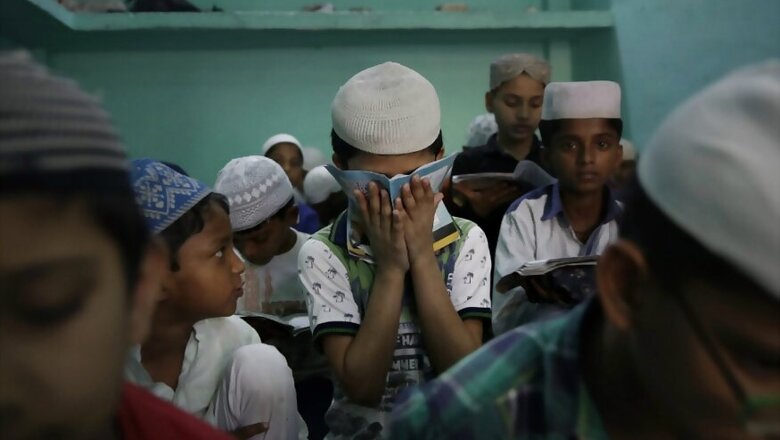
views
In ‘Madrasas in the Age of Islamophobia’ (Sage Publications, 2019), co-authors Ziya Us Salam and Dr M Aslam Parvaiz point out how madrasas, the cradle of Islamic learning in India, are going through rough, challenging times and desperately need reforms and modernisation. The Islamophobic wave is alienating Indian madrasas further. The tendency to brand students from madrasas as “terrorists”, for instance, is alienating the institution further.
“Almost all the students accused of terrorism are acquitted by courts. Unfortunately, the process is long and self-defeating,” says co-author Ziya Us Salam.
“Take for instance the case of Abdul Wahid Sheikh who was accused of being involved in the 2006 Mumbai train blasts but was acquitted nine years later. Or that of Salman Farsi earlier. Farsi, a hafiz, was said to have been involved in the 2006 Malegaon blasts. When he was acquitted some eight years later, he had nothing to fall back upon. A qualified doctor, he even took to rearing goats to meet his needs. This can be easily avoided. The media instead of calling every accused a terrorist should restrict itself to calling them only accused, and refrain from splashing their pictures as if they have been convicted. That is only part of the solution. “For a complete reality check, I invite media personnel to visit an Islamic seminary of their choice to discover that no madrasa is a centre for keeping arms and ammunition or teaching students to use arms.”
After thoroughly examining the curriculum, the authors say reliance on classical books of fiqh (Islamic jurisprudence), their style, language and examples are all caught in a time warp. “They (the curriculum) promote more enmity than debate and dialogue. They induce ennui rather than informed debate. Most commentaries taught to students are actually commentaries on commentaries! Certainly, not the ideal form for evoking interest,” they authors say. Some notable exceptions are in the southern India, particularly Kerala and Bengal, where mathematics, English and science are taught.
Ziya, a senior journalist with The Hindu newspaper and Dr Parvaiz, a distinguished professor of botany and vice-chancellor of Maulana Azad National Urdu University, after carrying out an in-depth study of thousands of madarsas across the country, lament that an aalim (scholar) of Islam coming out of from local madrasas is often synonymous with being ignorant of the world. "A community which made landmark contributions to science has become tied down to blind imitation and hidebound traditionalism,” they conclude in the book.
Most madrasas teach Hanafi doctrine leaving out Islamic interpretation by other notable schools of thought such as Shafi’i, Maliki or Hanbali. “Almost all Sunni madrasas follow Dars-e-Nizami framed some 300 years ago. Very few modern-day additions have been made. Some Shia ones do the same too. But hardly any has space for the Shia pattern of teaching with increasing emphasis on the so-called material subjects,” the authors say, pointing out how, in effect, most madrasas do not teach about Islam. They teach only one interpretation of Islam to youngsters. “It is just assumed that a person will not need knowledge of these sects simply because they are in a small minority in India! Or that their interpretation of Islam is the only correct one, rest are all misguided.” This, according to Ziya and Dr Parvaiz, is contrary to Quranic directives that prohibit running down other faiths.
The scholars discovered that curriculum of most madrasas in 2019 or 2020 could be easily replaced with the syllabus of a madrasa in 1920, or even 1870. “There is a timelessness to the whole affair which defies the message of the Quran. The Holy book asks the mankind to think, explore and introspect. The madrasas ask the students to concentrate on memorising the Quran and ask no questions. Any attempt to ask questions is met with a rebuke; a pupil is supposed to toe the line.”
Education, as we understand, is an evolutionary process. But in Indian madrasas, time stands still. Many seminaries still consult 14th-century work of Ibn Kathir while looking for commentary of Quran. For them, the 20th century works of Abul Hasan Ali Hasani Nadwi, aka Ali Mian, Abul A’la Maududi, Dr Israr Ahmed and Wahiduddin Khan merit no space. “In the timeless world of Indian madrasas the students are supposed to read and memorise the Quran with a finger on the book, a cap on the head, little inside; it is not unusual to find a hafiz-e-Quran who does not know the meaning of a single surah of the Quran.”
Muslims, according to the authors, until the 12th century, were at the forefront of scientific scholarship, discoveries and inventions producing many great philosophers, mathematicians, doctors and historians, who relied on the experimental method, which is integral to modern science even today. In contrast, most madrasas in India do not provide their students any access to computers or the internet.
Another major problem most Indian madrasas are facing relates to funds. Most Islamic seminaries are dependent upon charity money. In most residential schools, the students sleep on the floor, in winter, summer or rainy season. The authors found that in most classes, over 40 students sat crouched over the sacred book while two fans with twin blades provided them relief from 40-plus-degree temperature. In winters, the students are asked to stir-clean a well-worn-out rug and spread it across the room. At night, the boys lie down, one after the other, on the same rug. There is no sense of private space in their residential area. A majority of madrasa students hail from poor families.
Most madrasas run without registration, even those with proper documentation and enviable history seem to be at a crossroads.
According to Ziya and Dr Parvaiz, only four per cent of the current Muslim population in India, has studied in a madrasa at some point.
The government role and intervention is crucial as a bulk of madrasa graduates cannot find employment or jobs other than starting a new madrasa or taking up the role of a mosque imam or muezzin (the one who calls the faithful to prayer five times a day). If teachers, books, the internet and computer are made available, madrasas could become truly modern and mainstream.
(The author is a senior journalist. Views expressed are personal.)











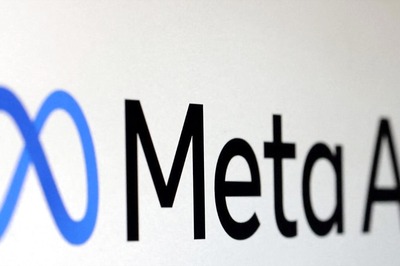


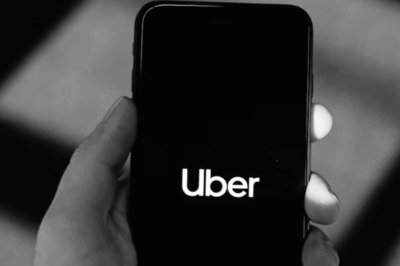

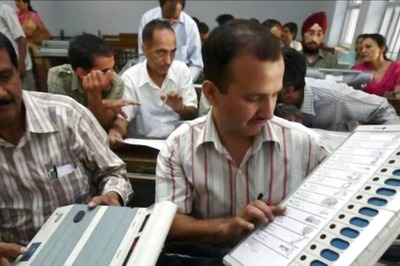
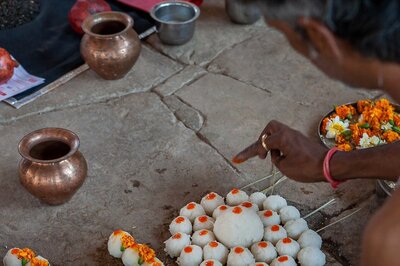


Comments
0 comment